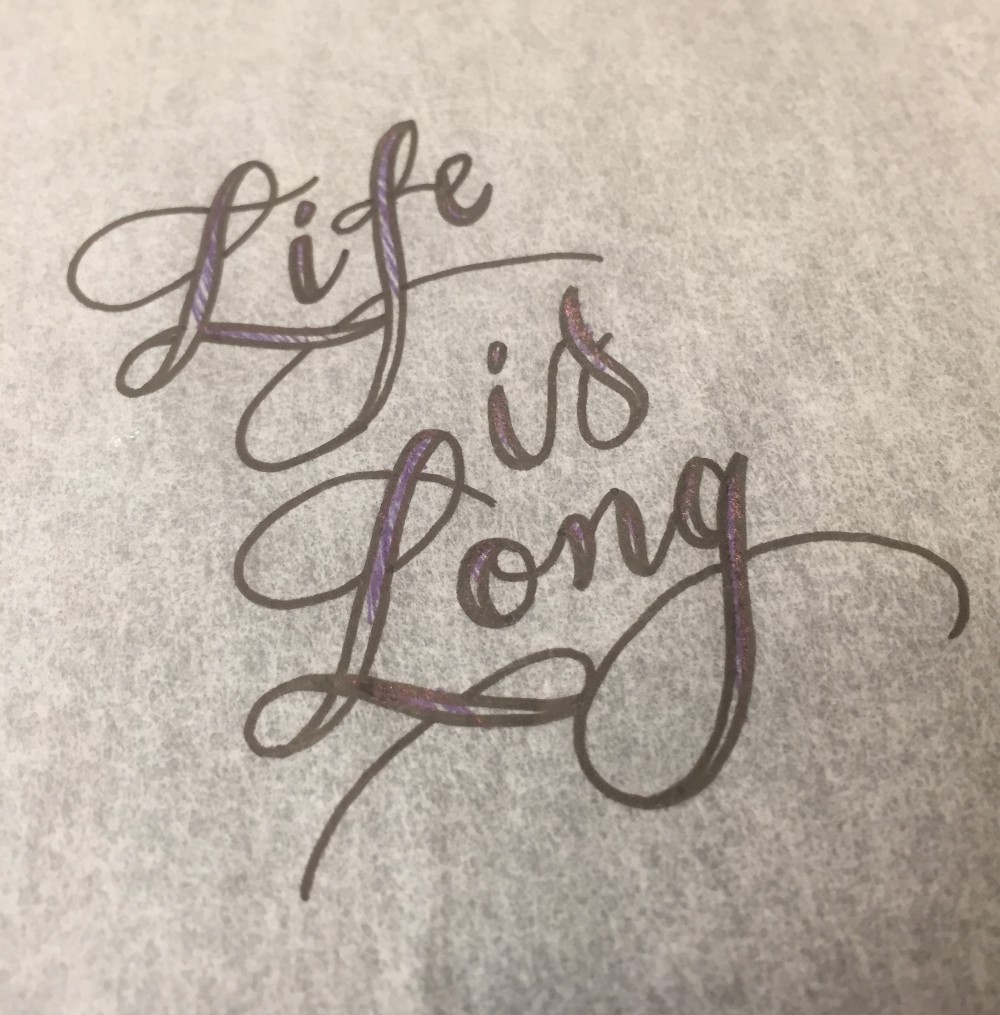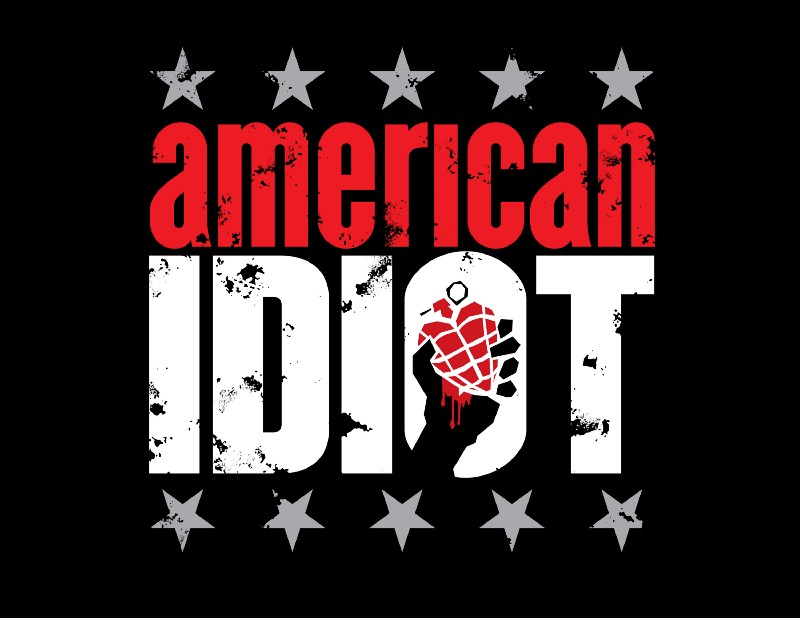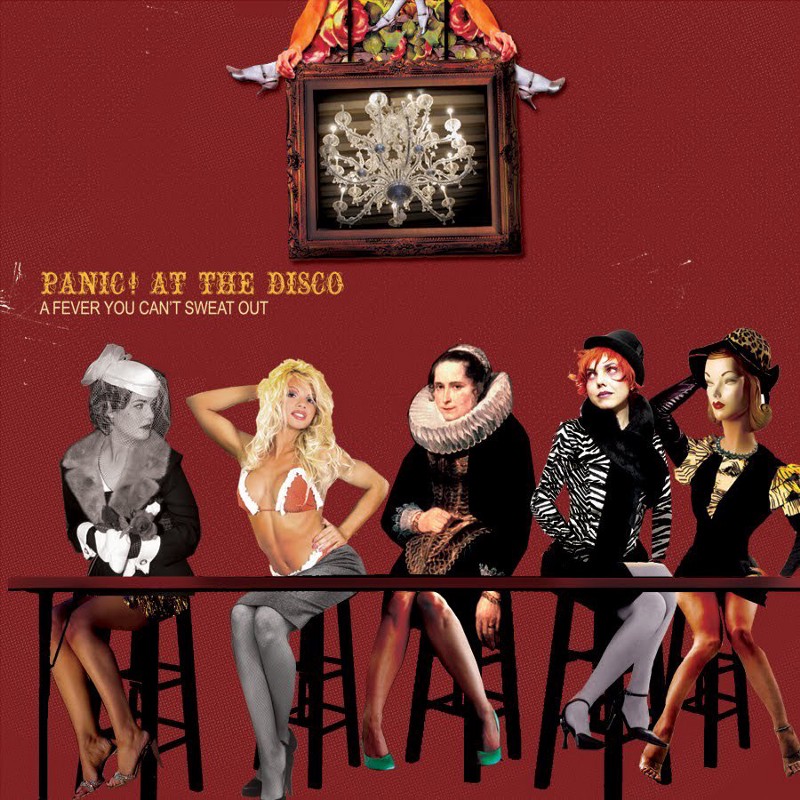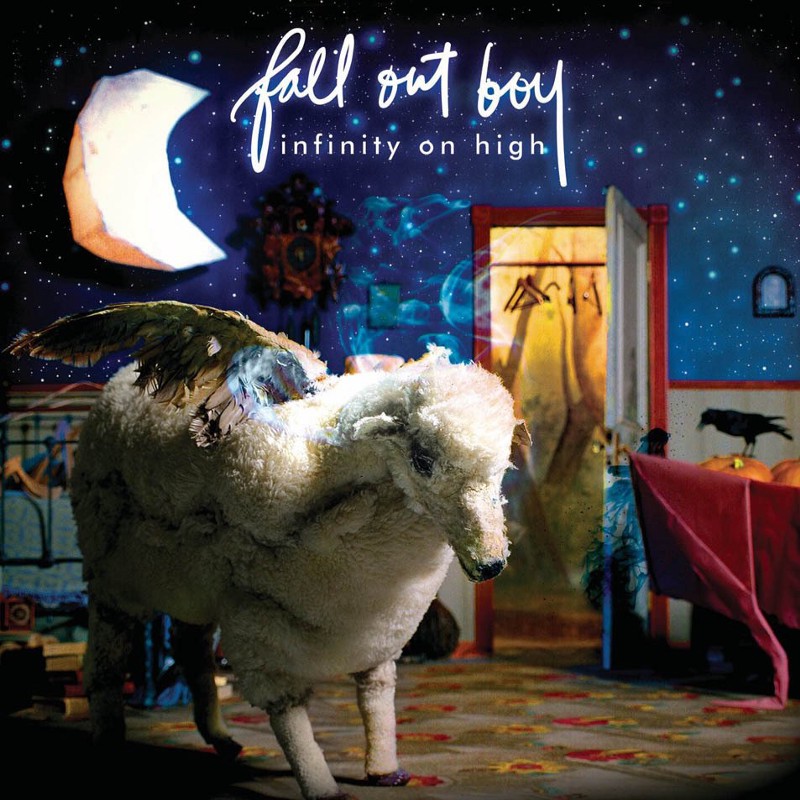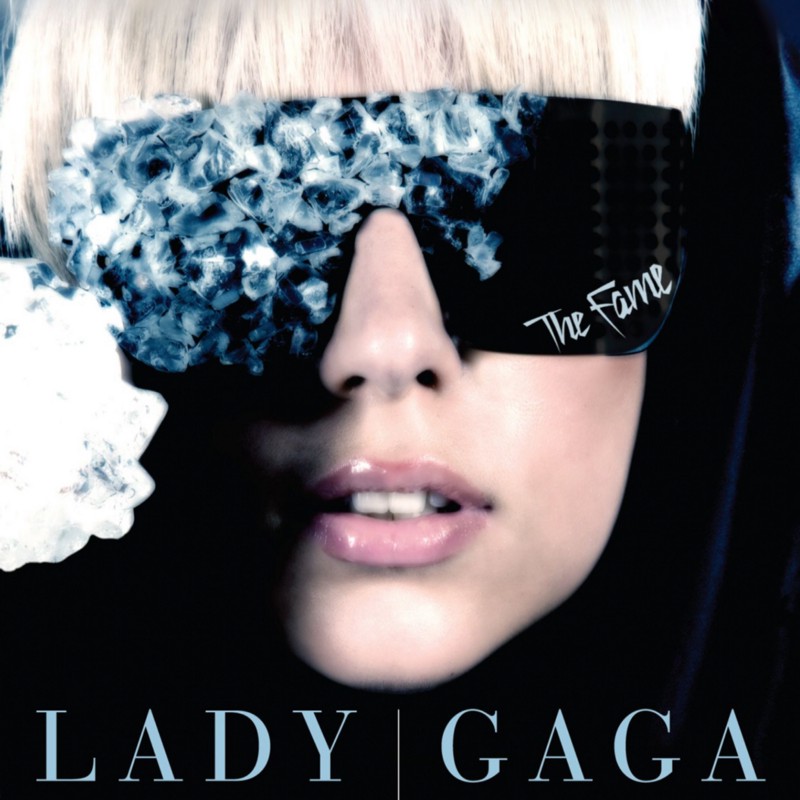(Or: the year in music and learning to let go)
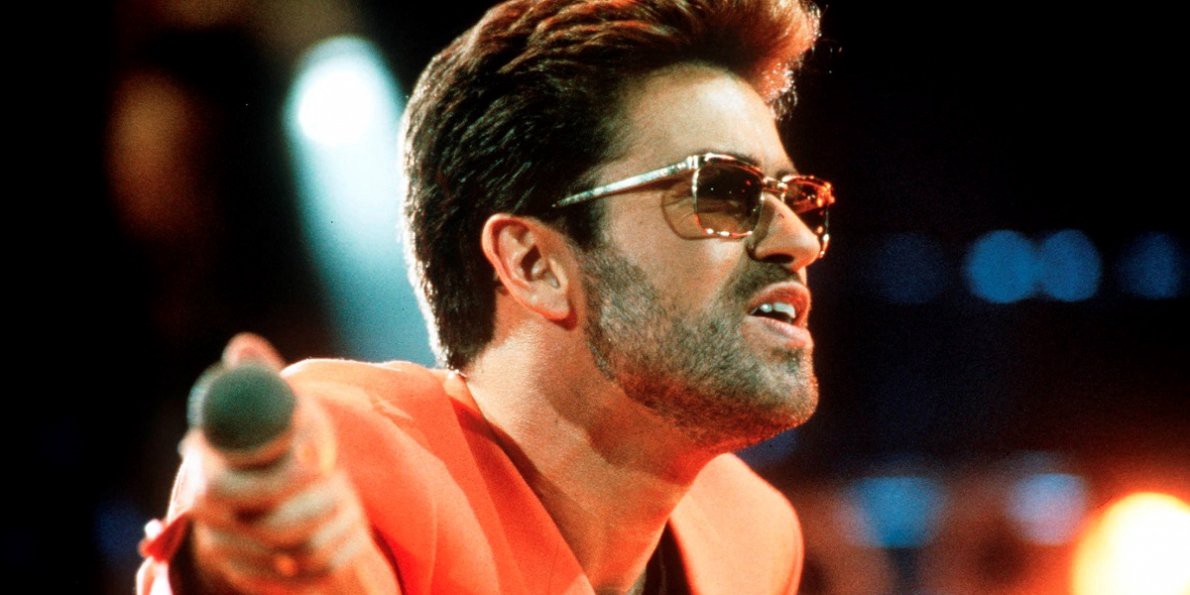
I am not the praying kind.
Modern Jews are rarely raised to be, or not in the way so widely or popularly portrayed, and in my house it was never particularly popular. I’ve never kneeled by my bed or pled with a higher power to help find my way out of a tough time. I’ve closed my eyes and sent fervent wishes out into the universe, but I’ve rarely waited around to be saved by anyone but myself.
I don’t pray, but I have spent significant time with those who do for all the right reasons — activists I worked and marched with who were motivated by their beliefs in God or Jesus or Allah as intensely as I was in my fundamental trust in humanity.
I’ve been thinking a lot about faith this year, what it means, whether I still have it, if it matters in the goddamned slightest. Every time new and preventable massacres are met with #ThoughtsAndPrayers. Each attack on Muslims and Jews. Each new assault on those already suffering the brunt of America’s indifference to poverty and dignity and our inability to reconcile this country’s founding sins with its rhetorical promises of equality.
It’s not the first or last time someone will say so, but amidst one earlier round of the Republican push to roll back health care, the almighty Rep. John Lewis finally lost his patience.
Those who are sick will suffer, and some of them will die. This is a shame and a disgrace. May God have mercy on us all.
— John Lewis (@repjohnlewis) May 4, 2017
“Those who are sick will suffer,” he wrote, “and some of them will die. This is a shame and a disgrace.” He ended with an old prayer so simple it broke my heart: “May God have mercy on us all.”
Here are three prayers — or as I usually call them, “songs” — that helped save my soul, or at least keep me going, in 2017:
1. Praying for Time
We were still soaked with grief from the election when our patron saint, our gay godfather George Michael, died on Christmas. Under the velvet thrum of that powerful voice was a masterful songwriter—and an angry man who shed his early saccharine edge early in lieu of self-righteous damnation.
Even his strident, accusatory songs like “Shoot the Dog” (attacking Tony Blair and George Bush in equal measure for their warmongering) don’t match the bitter, judgmental rage and steady march of the opening track to 1990’s Listen Without Prejudice, “Praying for Time”:
The rich declare themselves poor
And most of us are not sure
If we have too much
But we’ll take our chances
Because God stopped keeping score
There’s one line buried in the song that always haunted me, through our earlier recessions and booms and busts and “welfare reform”: Charity is a coat you wear twice a year.
Put on your silken concern. Give a little. Applaud each other. Go back to your easy life. Repeat.
It is the damning assessment we deserved, in 1990, in 2016, for having forgotten that there will always be people who have or want power for themselves, even at the expense of basic humanity.
George, it was revealed after his death, had in addition to lending his voice to many charity albums also spent decades quietly giving away tremendous amounts of money, from local schools to AIDS organizations. In August, we were guests at Project Angel Food’s annual gala, this year honoring George, their biggest benefactor of all time. (He also did his community service in their kitchens following his Beverly Hills arrest in 1998.)
We put on pretty dresses and drank too much and donated a lot of money to help support home delivery of meals to families impacted by AIDS and cancer, and then Adam Lambert sang the shit out of two George hits and one they’d both covered to acclaim (Queen’s “Somebody to Love”). And then we all went home.
There’s a live version recorded in 1996 as part of an MTV Unplugged concert that never aired in the U.S., and the track is no more complex in arrangement than the original but somehow both softer and sadder in tone.
It’s hard to love, there’s so much to hate
Hanging on to hope when there is no hope to speak of
And the wounded skies above say it’s much too late
So maybe we should all be praying for time
George’s voice, especially live, has such an easy, soaring lift and lilt that there is something that feels almost like hope amidst one lyrical addition: “Do you think we have time?” he sings, and then again and again.
On the final refrain he adds: “Please give us time.”
Do you think we have time?
2. Pray
I am not the most devout Sam Smith fan (this critique of his cover of Tracy Chapman’s “Fast Car” is still somehow among the most popular posts I ever dashed off on Tumblr), but I first heard “Pray” on my way to work on a cold fall morning and it sunk into my bones.
This feels, heretically, like a verse George could have written:
I lift up my head and the world is on fire
There’s dread in my heart and fear in my bones
And I just don’t know what to say
Maybe I’ll pray
The simple refrain— Everyone prays in the end—feels both fatalistic and like forgiveness for our own weakest moments in the face of great fear.
In 2017, we marched and yelled and made angry signs, and sometimes — many times — we despaired. If I could have summoned some faith I would have prayed, because for the first time in my long life of righteous indignation I really struggled to believe that there was some point, either a meaning-point or an end-point to the arc of struggle, that as Kushner wrote the world only spins forward because it’s mostly felt like we were going back, back, back in time.
We’re closing out the year with a tiny sniff of hope that well-organized elections can be won decisively enough to resist being stolen, but also with renewed attacks on so many fronts it’s hard to pick an outrage of the day, let alone year.
3. Praying
Kesha’s Rainbow might be the best album of 2017, but however you make that measurement it must be acknowledged as among the most prescient.
We didn’t know how badly this year we’d need such tangible proof that a woman could survive years of abuse by a powerful man, speak out despite risking her career in doing so, sue for justice and independence from that man, lose in court, and still pull herself up to make her best album yet.
She’s said that “Praying,” the first song released off the album, is as much about her own ability to find peace and strength in that survival as it is a condemnation of her abuser. But it’s in the song’s slow rise to a full gospel refrain that you hear both the purity of her anger and the release of knowing, finally, who is to blame:
I hope you’re somewhere praying, praying
I hope your soul is changing, changing
I hope you find your peace
Falling on your knees, praying
The track immediately follows an explicit rejection of traditional faith, “Hymn,” which is its own kind of prayer assembling all the outcasts, “kids with no religion” and other fuck-ups into Kesha’s revival tent for a protective benediction. It’s a “hymn for the hymnless” for those who “don’t need no forgiveness.” Or, as she sings, “If you know what I mean, you on the team.”
I don’t know a woman in America who hasn’t spent at least some hard time since this country began seriously entertaining the idea of electing a serial sexual predator reckoning with their own pasts, our “lucky breaks” and “could have been worse” moments and, almost just as often, the times that were neither.
I still have no idea how we’re supposed to heal when each day brings new reminders of just how much awful behavior so many men have been allowed to get away with for so long. But the louder I play “Praying,” the better I feel, so I’ll keep starting there.
And one (or more) for 2018
“Praying” is followed on Kesha’s album by “Learn to Let Go,” which like most of Rainbow is another way of saying the same thing — the same goddamned thing we need to hear again and again in hopes of drowning out what Kesha calls the bogeyman under her bed:
Always whispering, “It’s all your fault”
He was telling me, “No, you’re not that strong”
I know I’m always like telling everybody,
“You don’t gotta be a victim
Life ain’t always fair
But hell is living in resentment
Choose redemption
Your happy ending’s up to you”
The whole album is a solid exercise in how to hammer home a message, a mantra, in as many ways as you need. It remains to me an inspiration and reminder that the worst times in our lives can help us create meaningful works of art on our own terms.
It’s a sunny day in southern California as I finish this post I started more than a week ago, then left marooned on a laptop app while I went home to Reno for the holidays. I kept Kesha’s sage advice in mind on the trip (recommend reading the whole thread):
Around the holidays, I often feel like I’m supposed to be everywhere, with everyone — all with the added guilt that it’s the season of giving. To fight this, I’ve developed a mantra: It’s not selfish to take time for yourself.
— kesha (@KeshaRose) December 20, 2017
Today in the car while we ran errands, one of our phones gave us George Michael singing “Faith,” and in keeping with my favorite new-to-me podcast of the year, Code Switch, I realized this post was best concluded with some of the other songs that gave me life in 2017:
Hamilton OST & mixtape. We saw this show on Broadway on January 19, 2017, the last night of the Obama administration, during a brief New York stopover on our way to the Women’s March in DC. The simple protest/drinking song “The Story of Tonight” is my favorite from the original soundtrack, but it was “One Last Time”—in which Washington explains why he can’t just stay president, no matter how it breaks A. Ham’s heart—that brought our audience to its feet for an early standing ovation. Usher’s “Wait for It” and Ashanti and Ja Rule’s “Helpless” improbably improve on the originals, and Kelly Clarkson’s cover of “It’s Quiet Uptown” is sadder and more raw than the show’s entire bleak second act.
Speaking of, Kelly Clarkson’s Meaning of Life is fun, a little funky, and deeply satisfying in how well it makes the case that 15 years after winning American Idol she is maybe just beginning to make the best music of her career. (I remain pettily delighted that The Voice pulled off the steal of the century by landing her as a coach for their next season.)
I came around to loving the entirety of Sam Smith’s The Thrill of It All, which is especially suited (and I don’t mean this as a back-handed insult) for long soaks in my new, deep bathtub. It managed to fill the gap of what I wanted from and didn’t quite get on Adele’s last album, especially “HIM” and “Nothing Left For You.”
The only thing wrong with Julia Michaels’ EP Nervous System is that it’s too short. Carly Rae Jepsen’s “Cut to the Feeling” was a pop-bright star through the moonroof on more than one night. Lorde’s “Green Light” is dangerous to turn up while driving if you want to stay safe, but her “Liability” is the real heartbreaker off Melodrama. I loved Solange’s A Seat at the Table for being both bigger and blunter than even the very best of Beyonce.
I dramatically feared I’d lost my taste for live music after a few too-big, I’m-too-old arena concerts but rediscovered via Bleachers at the Roxy that my emo heart can still beat strong at tiny rock shows. And Queen with Adam Lambert at the Hollywood Bowl, fancy box seat style, was a worthwhile summer indulgence. (Also: if you have the chance to see Kesha live, do it.)
Whenever I got too stuck in the bureaucratic downsides of my job this year, I ducked into a Slack channel my staff started to trade recommendations/reviews/defenses of new music (#new-jamz 4eva), and every single time their shared love of music and what it all means made me remember how lucky I am to do what I do every day with such a great team.
I’m looking for more Spotify playlists to stream, because even a brief look back proves I spent plenty of time obsessing over a few albums rather than finding fresh sounds. (I love this nearly endless compilation from NPR’s Alt-Latino and if you missed me gushing over my birthday mix, #ShanaTop40, catch up here and here.) Please leave/send more recommendations.
I’m still writing my way around and through what I want to leave behind in 2017 and what 2018 might become, so I’ll stop there for now. Except to say:
Amid far too many rediscovered gems after George’s death is this footage of him rehearsing with Queen before the 1992 Freddie Mercury tribute concert. (Vulture recaps a little of the history here.)
I’ve been thinking a lot lately about rough drafts, about revisions. About rehearsals.
On stage with Queen, George managed between his own grief and fear for a brief second to bring back to life the spirit of Freddie in a sea of fans clapping in synchrony across the vast expanse of Wembley. That echo upon echo of thousands of people singing “Somebody to Love” back at George wasn’t unprecedented — or even unrehearsed, as you can see in the video above around the three-minute mark, where David Bowie nods along with the call-and-response break. And here’s the big live version:
The Allen Ginsberg line I have tattooed on my upper back — America I’m putting my queer shoulder to the wheel — followed early versions of the poem that were far more angry and defeated. One even concluded:
Dark America! toward whom I close my eyes for prophecy,
and bend my speaking heart
Betrayed! Betrayed!
It’s taken most of 2017 to find any kind of inner peace that will last long enough to acknowledge how little we can count on or even prepare for in the days and months to come without being overwhelmed by the accompanying panic. I’m finishing out the year, or close to it, feeling the warmth of the sun on my shoulders and some renewed sense of faith in my heart.
Betrayed! Betrayed! But still we fight on. We choose life. That’s my prayer for 2018. Pray with me.
